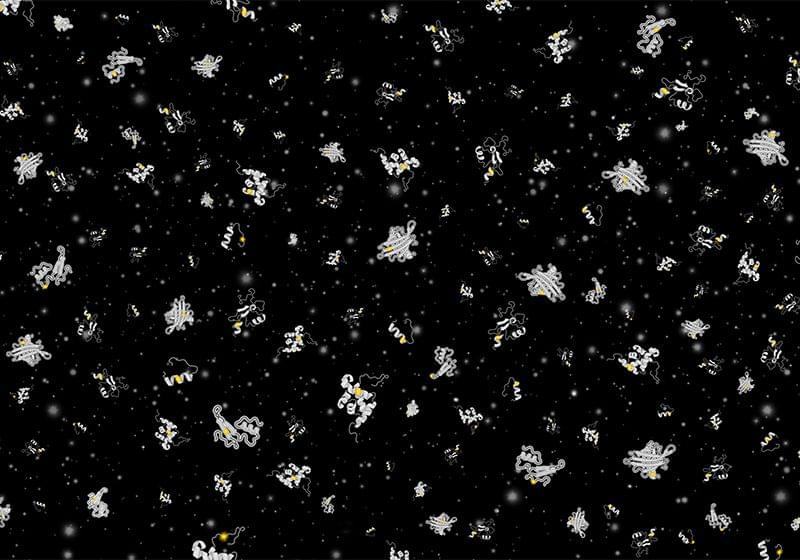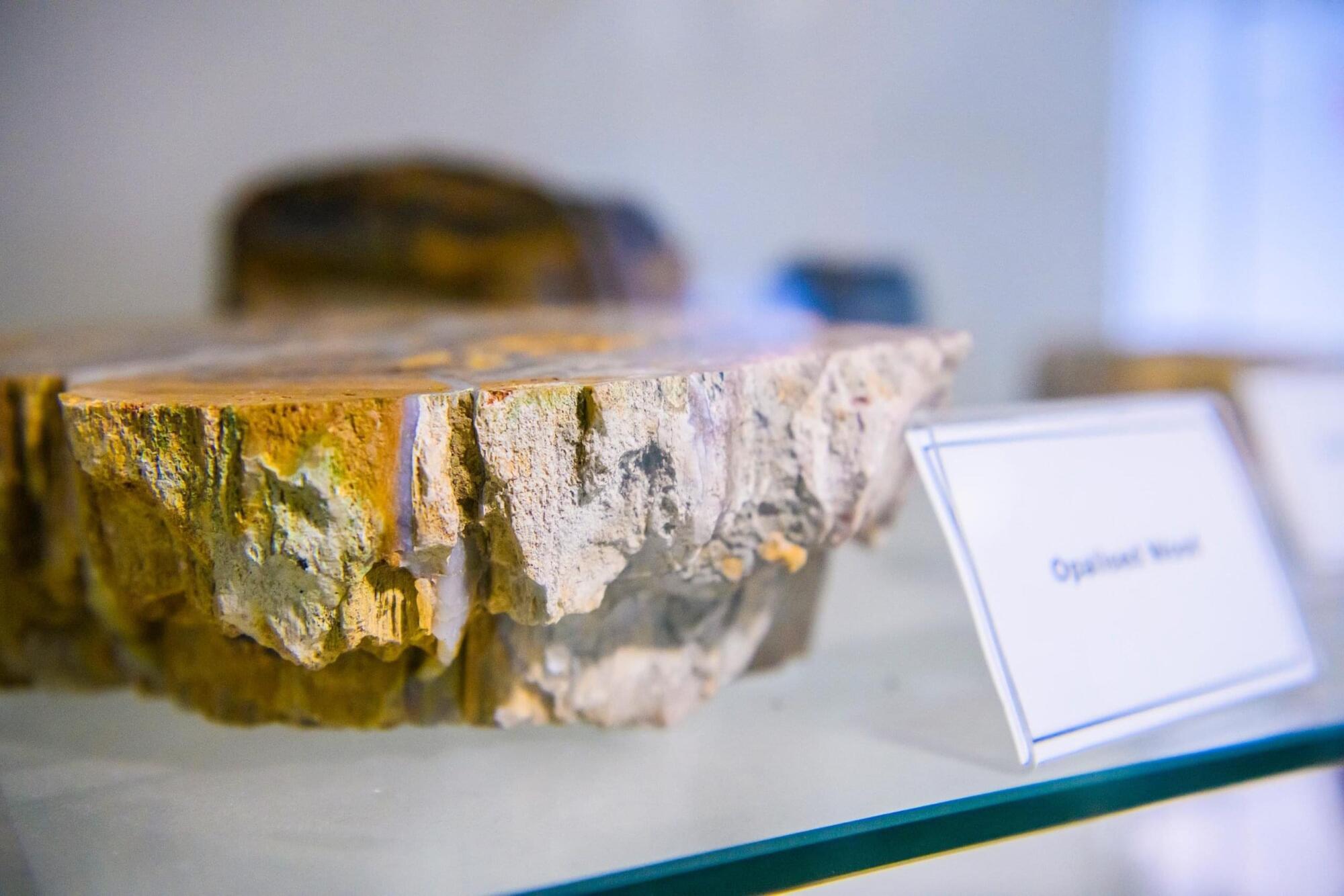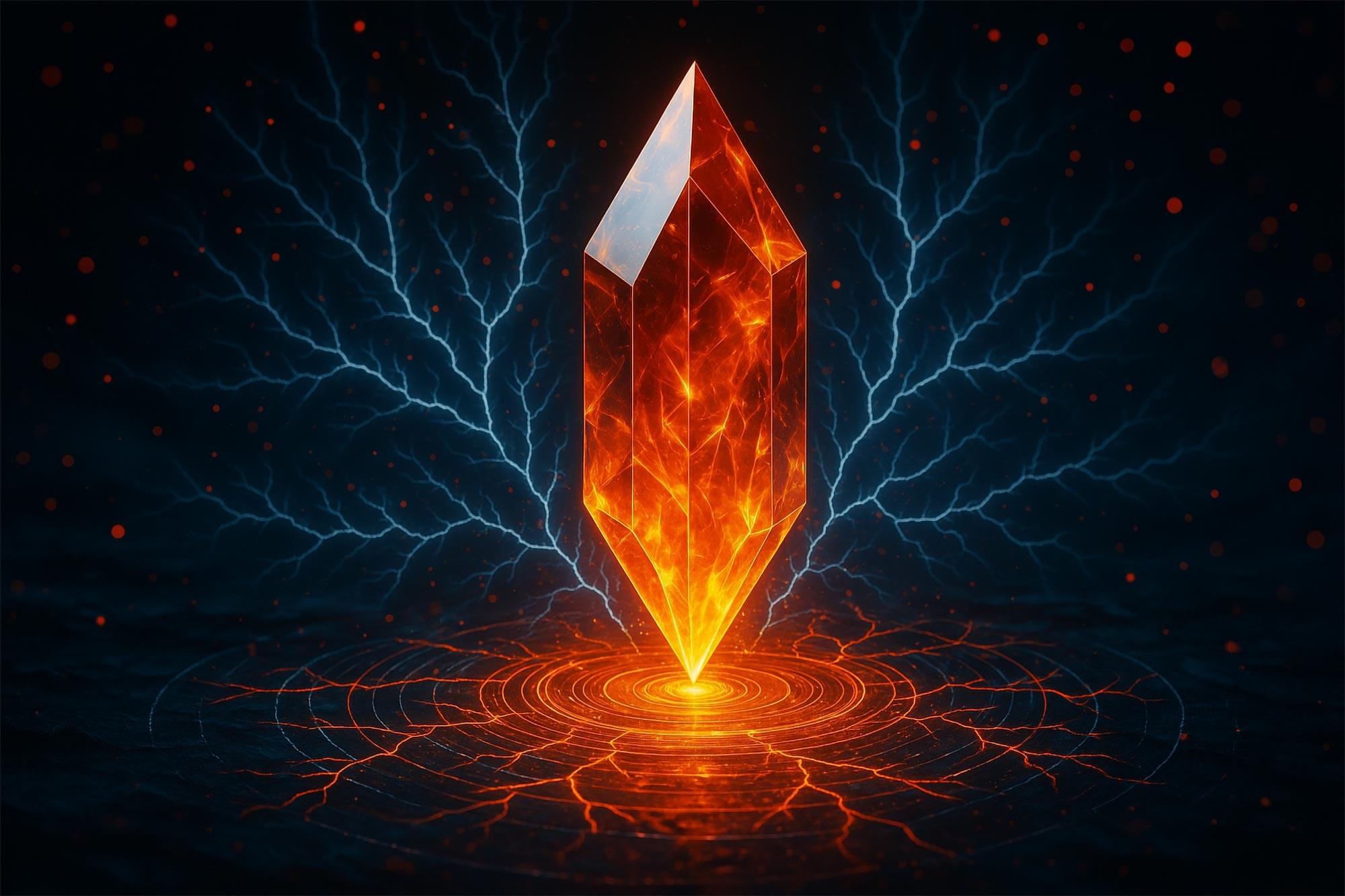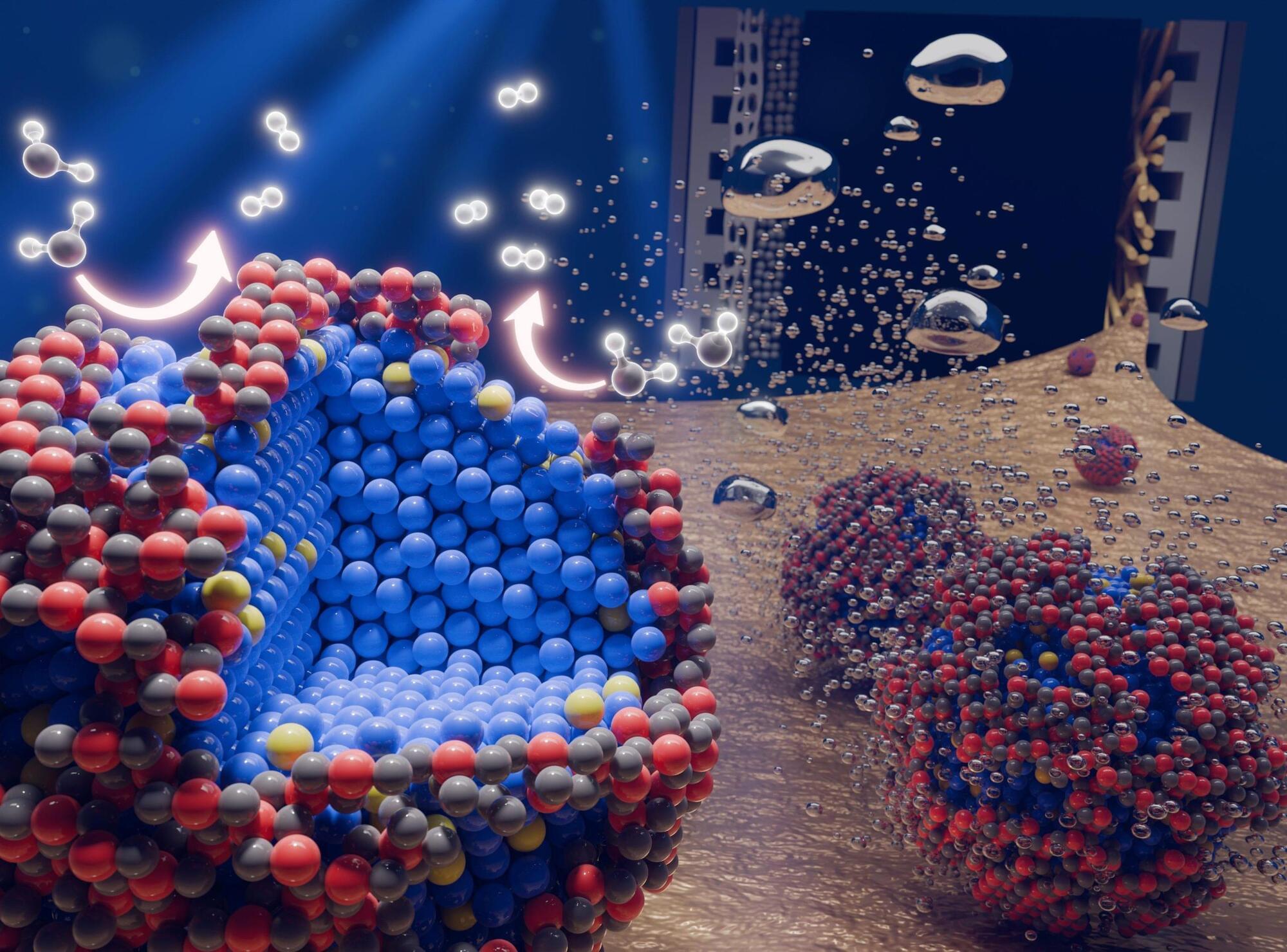The Human Domainome 1—the largest library of human protein variants—reveals the cause of certain genetic disorders, paving the way for personalized medicines.


Dr. Martin Brenner, DVM, Ph.D. is Chief Executive Officer and Chief Scientific Officer of iBio ( https://ibioinc.com/team/martin-brenner-dvm-ph-d/ ), a biote…

New research suggests that Earth’s first crust, formed over 4.5 billion years ago, already carried the chemical traits we associate with modern continents. This means the telltale fingerprints of continental crust didn’t need plate tectonics to form, turning a long-standing theory on its head.
Using simulations of early Earth conditions, scientists found that the intense heat and molten environment of the planet’s infancy created these signatures naturally. The finding shakes up how we understand Earth’s evolution and could even influence how we think about crust formation on other planets.
A surprising shift in earth’s history.





The SpotBugs maintainer has since confirmed that the PAT that was used as a secret in the workflow was the same access token that was later used to invite “jurkaofavak” to the “spotbugs/spotbugs” repository. The maintainer has also rotated all of their tokens and PATs to revoke and prevent further access by the attackers.
One major unknown in all this is the three-month gap between when the attackers leaked the SpotBugs maintainer’s PAT and when they abused it. It’s suspected that the attackers were keeping an eye out on the projects that were dependent on “tj-actions/changed-files” and waited to strike a high-value target like Coinbase.
“Having invested months of effort and after achieving so much, why did the attackers print the secrets to logs, and in doing so, also reveal their attack?,” Unit 42 researchers pondered.

